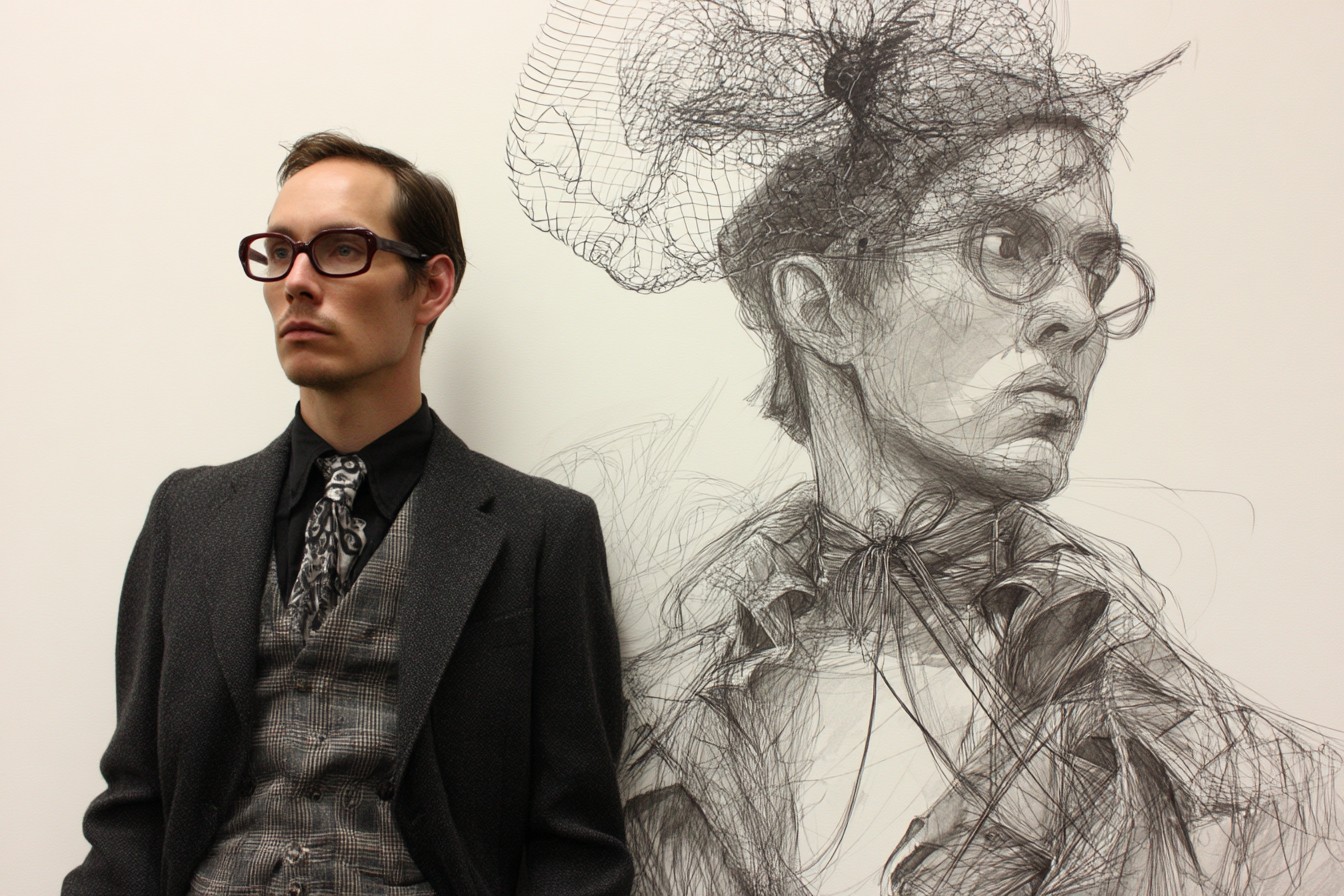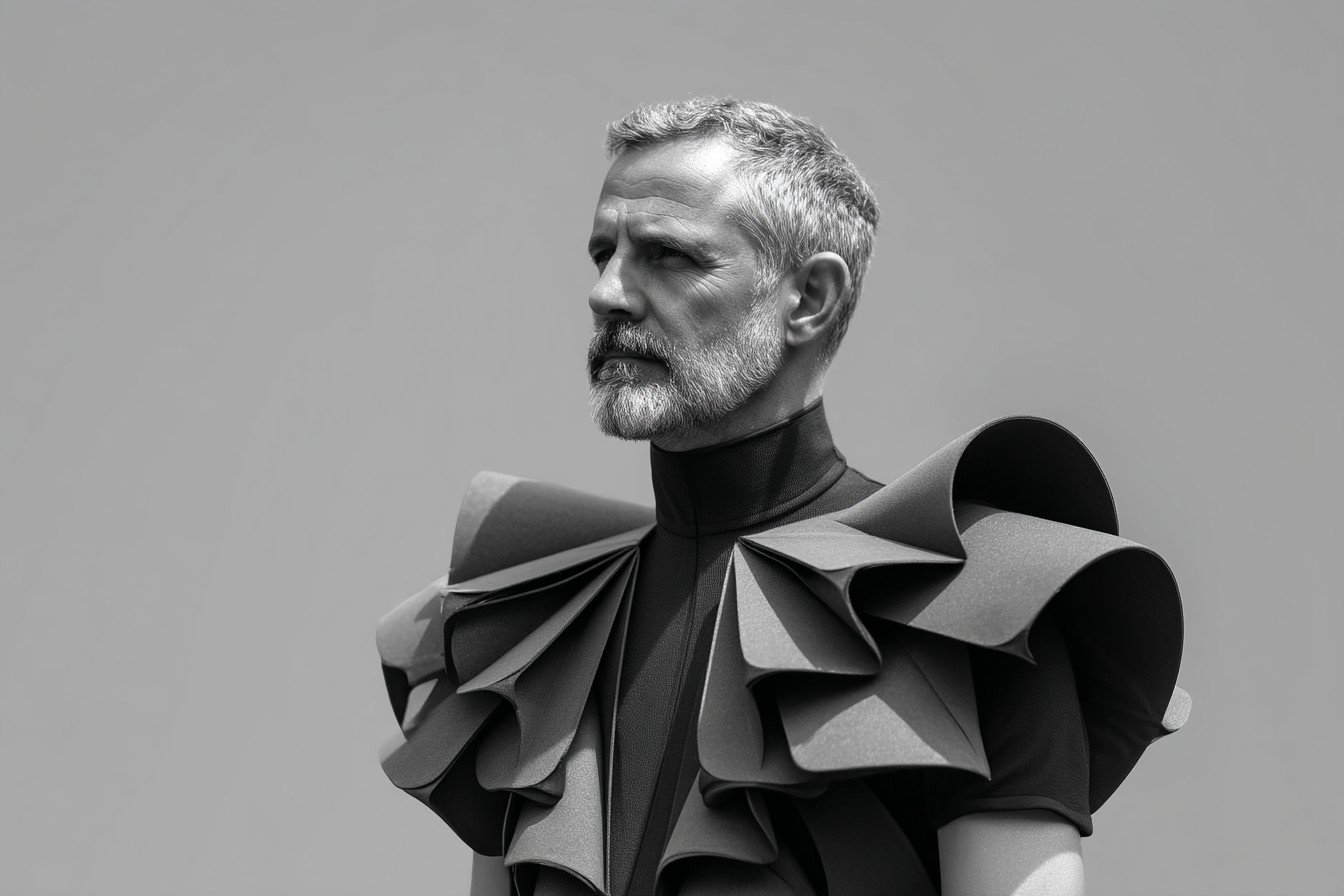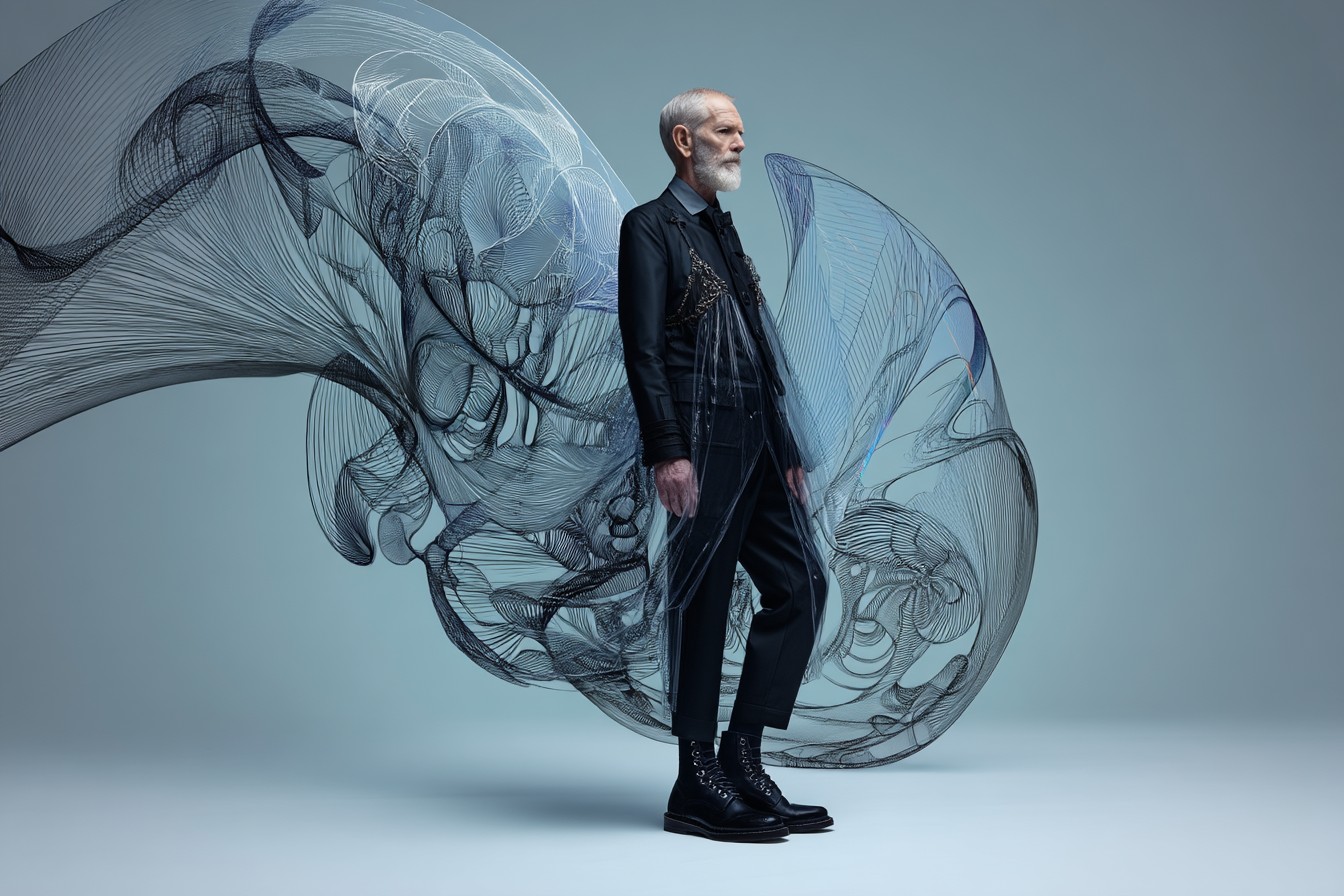I’m standing in the staff room of Greenfields Academy in South London, watching Tom – English teacher, department head, and secret style aficionado – prepare for his Year 10 class. He’s wearing navy chinos from Dickies that could handle a paint spill but still look sharp enough for parent-teacher meetings. His oxford shirt isn’t from some high-end retailer but a carefully selected M&S number with a slightly higher thread count than their standard range. The brown suede desert boots have seen better days, but that’s rather the point – they’re comfortable enough for eight hours of standing while maintaining a hint of style that sets him apart from his colleagues in their sensible but uninspired footwear.
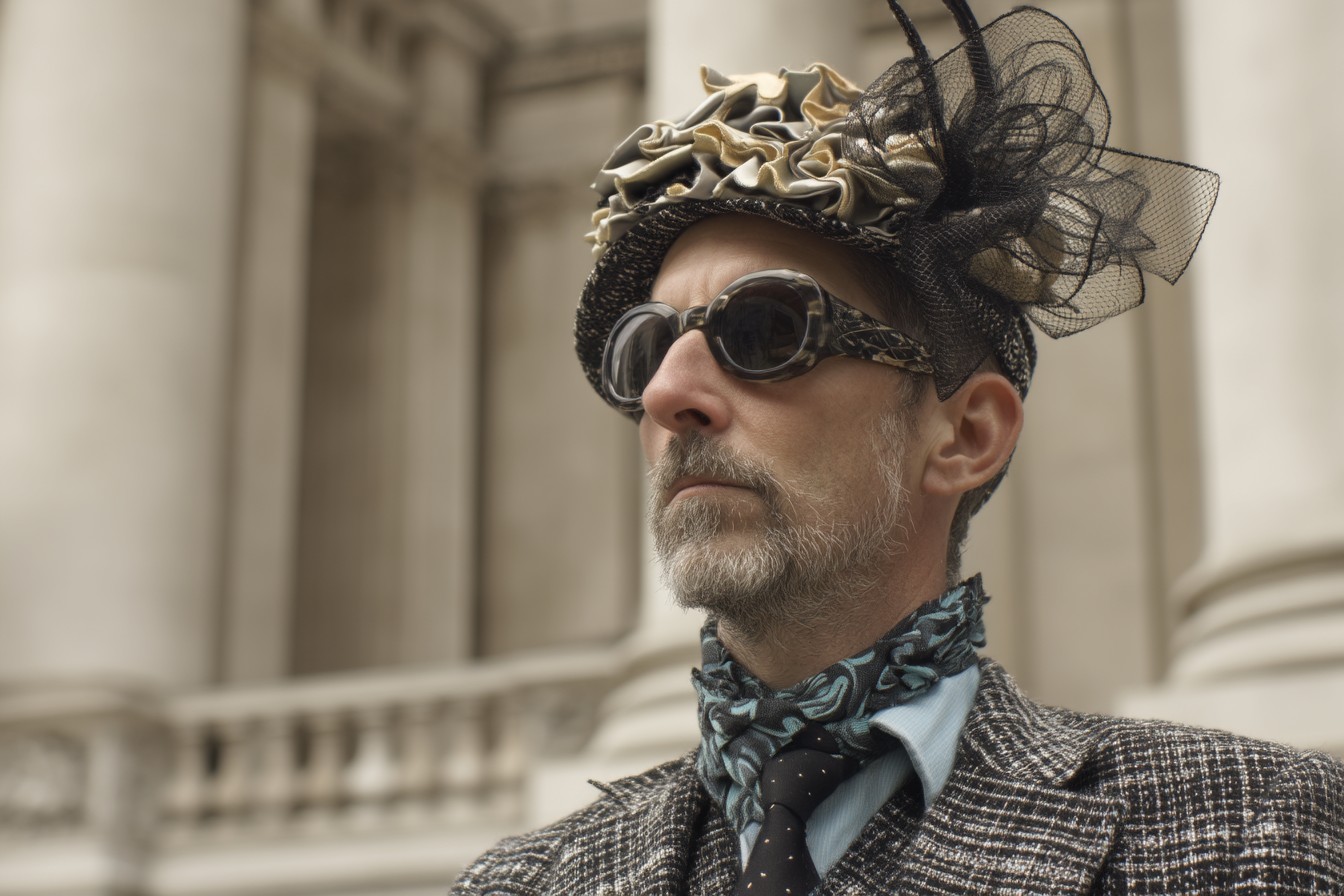
“You need clothes that can handle anything the kids throw at you – sometimes literally,” he tells me, rolling up his sleeves with practiced precision. “But I refuse to surrender completely to practicality. There’s a middle ground.”
Over the past month, I’ve been exploring that middle ground across different professions – meeting with teachers, doctors, and tradesmen who manage to maintain personal style while navigating the very real demands of their work environments. The challenge they all share? Finding clothes that function in often physically demanding, sometimes hazardous settings, while still expressing something of themselves. These aren’t the Instagram influencers or the Savile Row regulars – these are the real men balancing professional requirements with the very human desire to look good while doing their jobs.
Teachers, it turns out, might have some of the most complex sartorial challenges of all. They need to project authority while remaining approachable, show personality without being distracting, and survive the high-intensity physical demands of managing classrooms full of energy and chaos. All this while operating in often outdated buildings with heating systems that veer between tropical and arctic in the space of a single corridor.
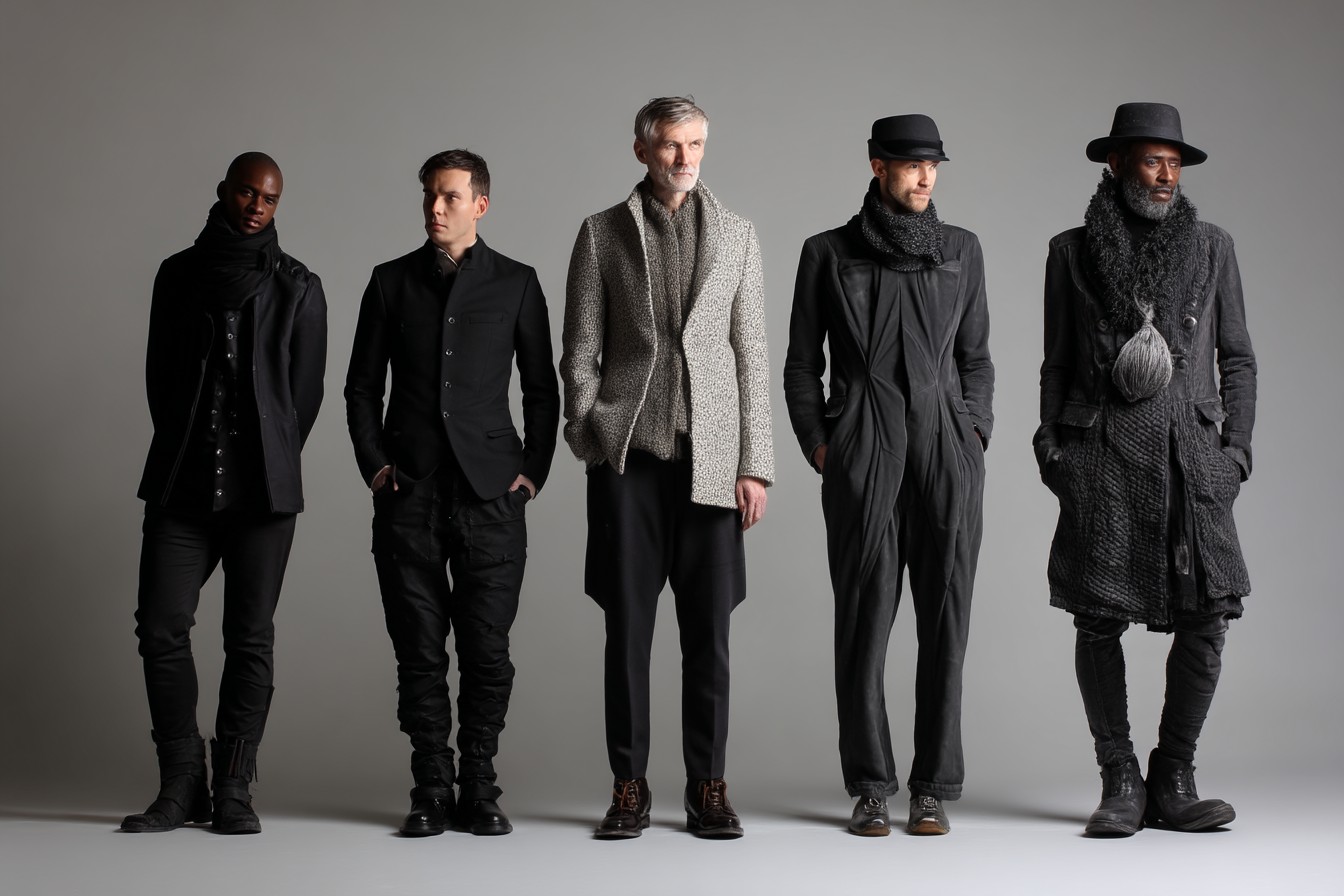
“Layering is absolutely essential,” Tom explains, pulling a lightweight navy cardigan from the back of his chair as we head to his classroom. “You might be freezing in the staff room, boiling in one classroom because the radiators are stuck on maximum, then in another room where the windows don’t close properly. You need options.”
The stylish teacher’s wardrobe core tends toward natural fabrics that breathe and move – cotton chinos with a touch of stretch, merino or cotton knitwear that regulates temperature, and shirts that can survive being rolled up and down multiple times a day. Many have abandoned ties completely unless school policy strictly demands them, finding that open-collar shirts with a well-chosen knit offer a more comfortable alternative while maintaining professionalism.
Footwear is where most stylish teachers make their biggest investment. “You’re on your feet constantly,” says Daniel, an art teacher I meet at a secondary school in Manchester. He’s sporting a pair of Clarks Desert Treks that have developed a patina telling the story of six years of classroom adventures. “Cheap shoes destroy your back and feet. It’s the one area where I won’t compromise.” Other teacher footwear favorites include the more robust end of the Loake range, selected New Balance models that skew more heritage than sportswear, and for the younger crowd, carefully chosen Vans or Converse that add a hint of relatability with their students.
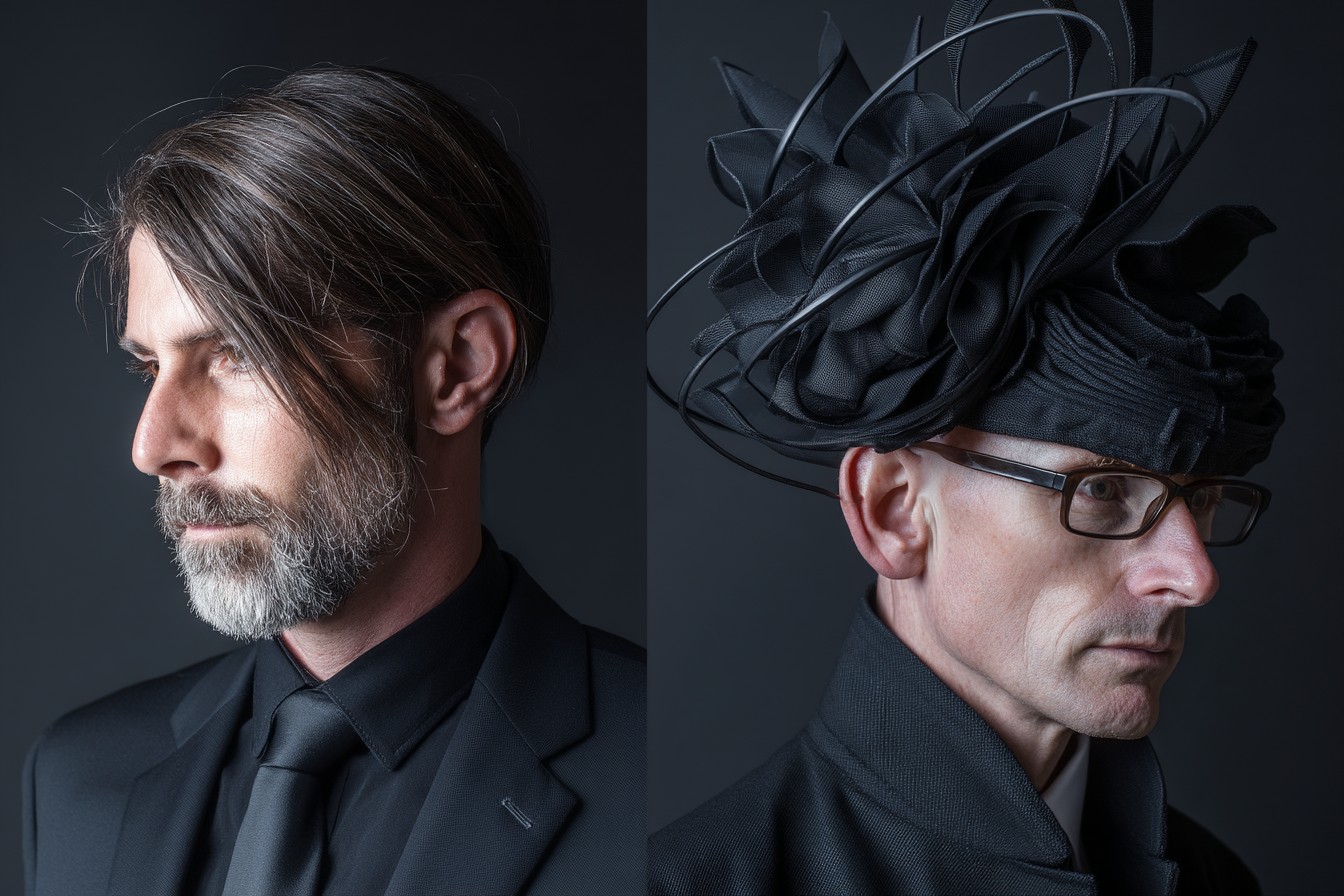
Color choices often reflect personality while staying within professional boundaries. History teachers seem to embrace earthier, more muted tones – Dan, who teaches at a comprehensive in Bristol, has an impressive collection of olive, rust, and tobacco pieces that wouldn’t look out of place in a 1940s documentary, a subtle nod to his subject matter. Science teachers often opt for darker colors (“the chemical stains are inevitable,” as one chemistry teacher put it), while Tom and his fellow English department colleagues seem to favor navy, burgundy, and forest green – “classic book jacket colors,” he jokes.
Crossing town to the Royal London Hospital, I meet Dr. Asif, a GP who somehow manages to look impeccably put together despite the pressures of an NHS practice. His trick? A uniform of sorts, but one with careful attention to fit and fabric.
“I have essentially five versions of the same outfit,” he admits, laughing. “White shirts with subtle texture differences, navy or grey trousers with the perfect amount of tapering, and good shoes that can be quickly wiped clean. The shirts are Thomas Pink – when they have a sale – because they’re the only ones I’ve found that stay crisp through a twelve-hour shift.”

The medical professionals I spoke with all emphasized the importance of clothes that communicate competence and cleanliness while allowing freedom of movement. White coats have largely disappeared from GP practices in Britain, replaced by clothes that can be washed at high temperatures and don’t harbor bacteria.
“I need to be able to move quickly if a patient collapses,” explains Dr. James, an A&E consultant whose tailored shirt has just enough stretch to allow for sudden physical interventions. “But I also need patients to trust me the moment they see me. Appearance matters in those first critical seconds of connection.”
For doctors, the challenge is finding clothes that hit that sweet spot between formal enough to convey authority and relaxed enough not to intimidate patients. Many have adopted what one cardiologist described as “smart casual with purpose” – well-cut trousers from brands like Spoke or Uniqlo that offer flexibility without looking sloppy, shirts with minimal patterns that won’t distract anxious patients, and shoes that prioritize comfort but still maintain professional lines.
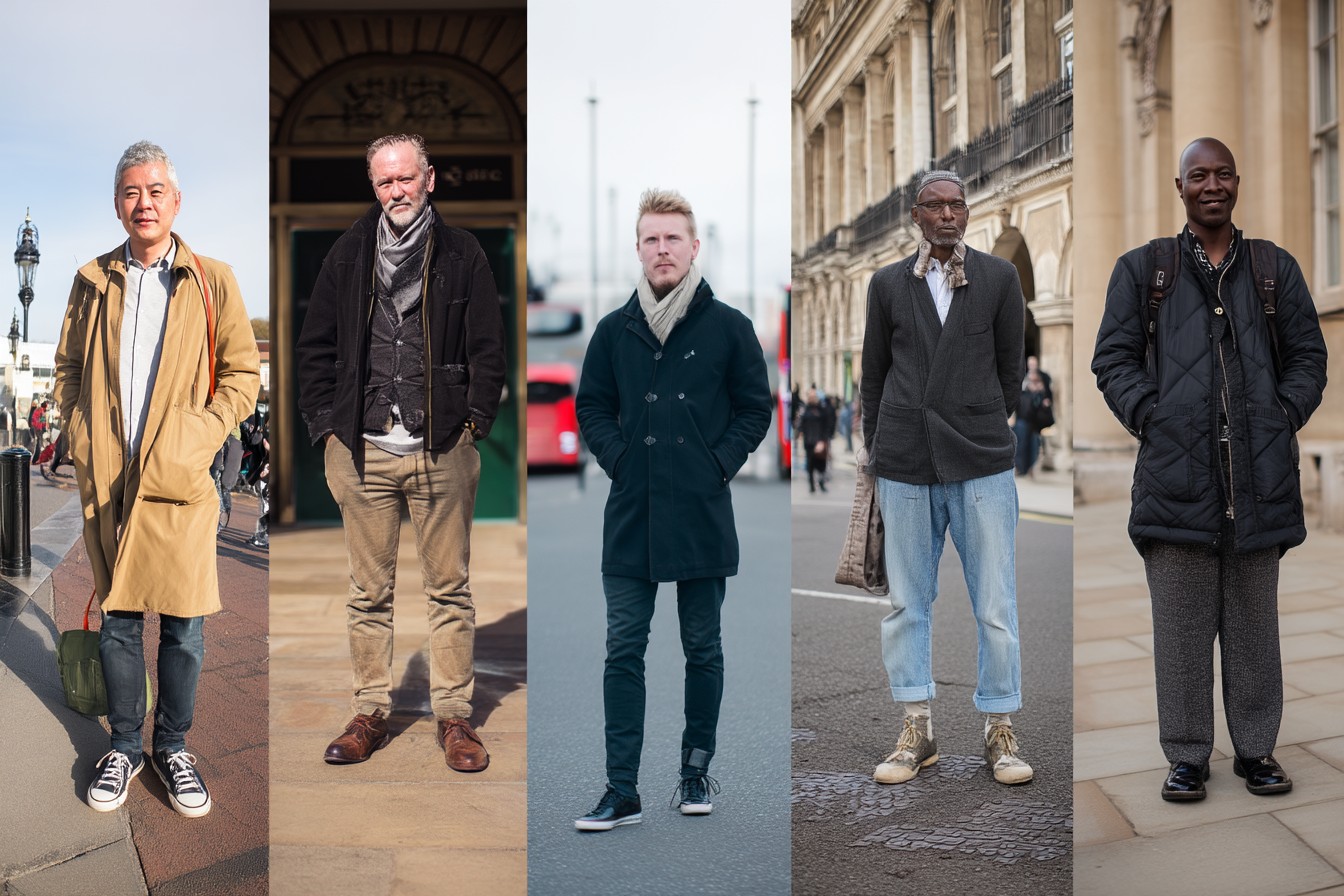
Watches are often the one area where medical professionals allow themselves a touch of personality. Dr. Asif’s Seiko automatic is both practical – with a second hand for taking pulses – and a nod to his personal interest in horology. “It’s probably the only thing patients notice about what I wear, and surprisingly often becomes a conversation starter with the older men,” he tells me. “Anything that helps build rapport is worth its weight in gold.”
The biggest surprise came when I ventured into the world of British tradesmen. Here, where you might expect purely practical clothing to dominate, I found some of the most thoughtful approaches to balancing function with personal expression.
“There’s this stereotype of builders in paint-splattered clothes with their bum crack showing,” says Mike, an electrician whose workwear could best be described as meticulously chosen technical gear with subtle style flourishes. “Most of us take pride in how we present ourselves. We’re in people’s homes, after all.”
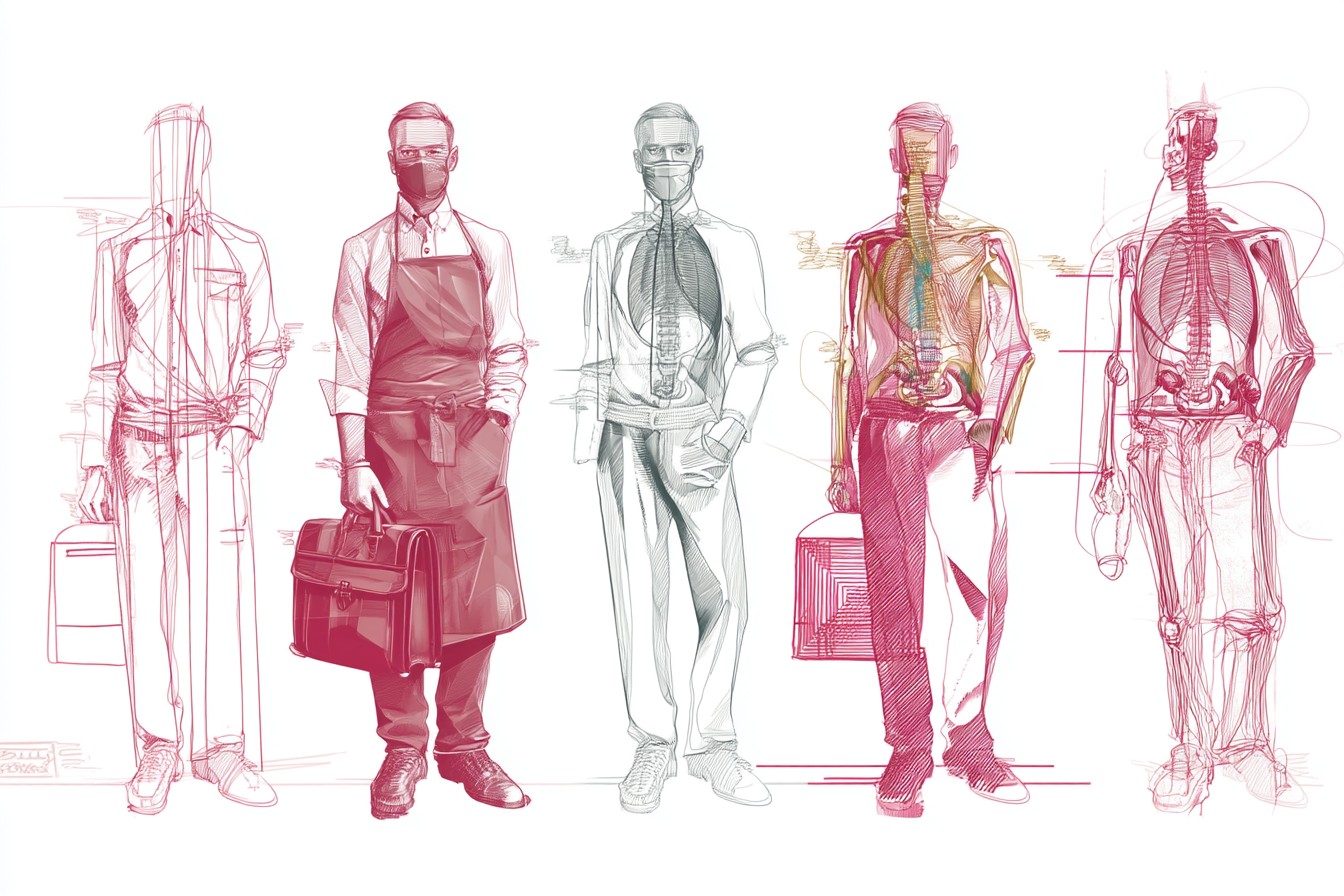
Mike’s daily uniform consists of Dickies or Carhartt work trousers – “expensive but they last years and the extra pockets are actually useful, not just for show” – paired with fitted base layers from outdoor brands rather than traditional t-shirts. “They wick away sweat better, and honestly, they look better too. No one wants a sweaty bloke in their kitchen.”
His outerwear choice – a Patagonia gilet over his base layer – might seem surprisingly high-end for someone crawling through attics, but as he explains, “It’s perfect for the job. Keeps my core warm, arms free, doesn’t catch on anything, and packs down small when I don’t need it. Plus it’s lasted four years of daily wear. Cheaper options would have fallen apart in months.”
For many of the tradesmen I spoke with, workwear has come full circle. Brands originally designed for manual labor became fashion statements, then adapted to meet style-conscious consumers’ preferences, and are now being reclaimed by actual working men who appreciate both the functionality and the improved aesthetics.
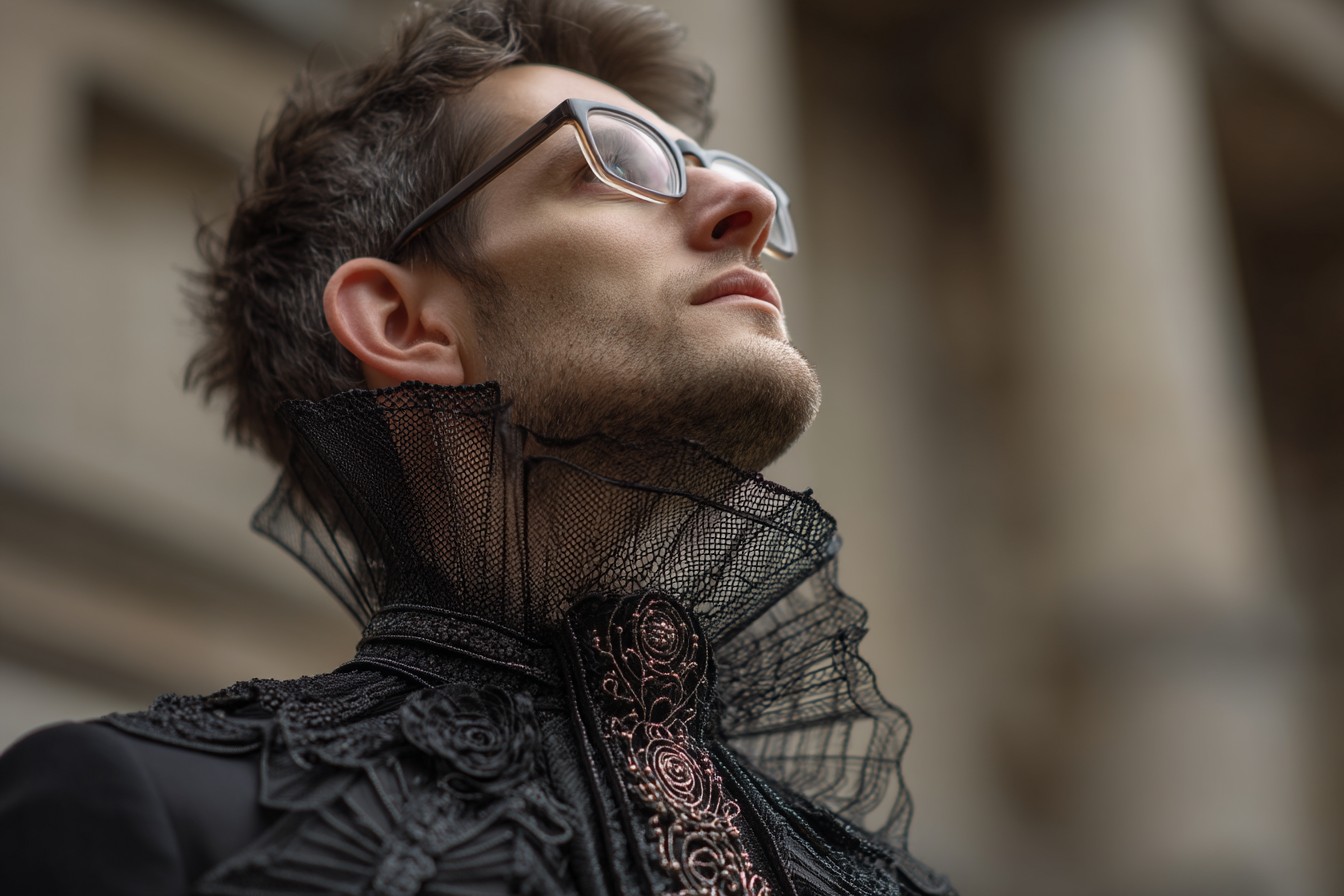
Pete, a carpenter whose family has been in the trade for three generations, showed me his father’s ancient work jacket alongside his own modern equivalent. “Dad’s gear was purely functional, and it looked it. Now I can get clothes that protect me properly but also look good when I’m meeting clients or grabbing a pint after work without changing.”
Footwear for tradesmen is where the most significant investments go. Rob, a plumber whose pristine Timberland Pro boots look incongruously clean given his profession, explains his approach: “I have van shoes and job shoes. The job ones take a beating, but these stay clean for client meetings. The right footwear prevents injuries, and in our game, an injury means no income. The style aspect is secondary, but it’s still nice they don’t look like something from a construction site from the 70s.”
The common thread across all three professions is the move away from traditional workwear toward more thoughtful, versatile pieces that meet professional requirements while allowing for personal expression. Technical fabrics that were once the domain of outdoor enthusiasts have made their way into everyday work settings. Construction-focused brands have upped their design game. And across the board, there’s a recognition that looking good and feeling good are not separate from doing good work – they’re part of the same package.
The other striking observation is how these men have developed personal uniform systems rather than chasing trends. They’ve found what works in their specific environment and refined it over time, investing in quality pieces that last rather than constantly replacing cheaper options. There’s a lesson in this for all of us, regardless of profession – understanding the actual demands of your life and building a wardrobe that addresses them specifically.
When I asked Tom what advice he’d give to new teachers struggling with what to wear, his answer applied equally well across all the professions I explored: “Buy less, but buy better. Find the pain points in your working day and solve them with your clothing choices. And remember that kids – like patients or clients – notice everything. They might not comment on the fact you look put together, but they absolutely register if you don’t.”
As our morning at Greenfields comes to an end, I watch Tom navigate a crowded corridor between classes. His cardigan’s been abandoned due to the overheated hallway, shirt sleeves efficiently rolled to a precise point above the elbow, desert boots moving quickly between groups of students. Nothing about his appearance screams high fashion, but there’s an intentionality to every element that sets him apart. In the most demanding of environments, he’s found that elusive middle ground between function and style.
And really, isn’t that what we’re all looking for?
